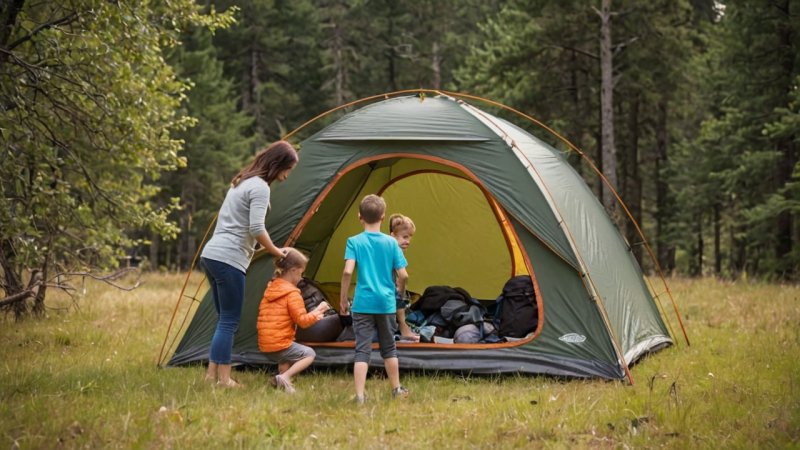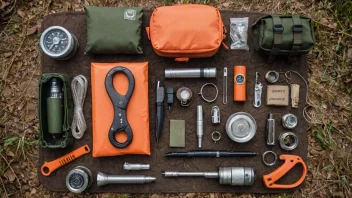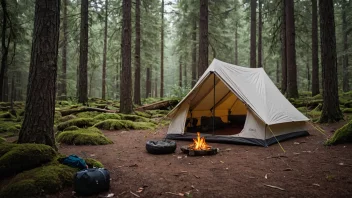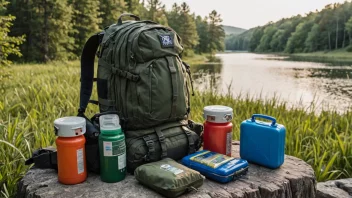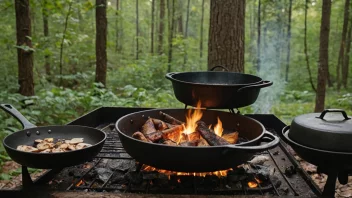Camping is a beloved pastime for many, offering a chance to escape the daily grind and immerse oneself in the great outdoors. However, a successful camping trip hinges on having the right gear, particularly your tent. With countless options on the market, finding the perfect tent can be daunting. Here’s a straightforward guide to help you make an informed decision.
To start, think about the intended use of your tent. Are you embarking on a solo backpacking trip, a family camping weekend, or perhaps a festival adventure? The type of camping you plan will influence your choice. Lightweight tents are ideal for backpacking since they are designed to be portable and easy to carry. Conversely, if you’re car camping and have more space, you can opt for larger tents that provide additional comfort and amenities.
Next, determine the appropriate capacity for your tent. Tents are typically labeled based on how many people they can accommodate, but it’s wise to choose a tent with a bit more space than the number of occupants. For example, if you're camping with two friends, a three-person tent would allow for extra room for gear and provide a more comfortable sleeping arrangement.
Weather conditions are another factor to consider when selecting a tent. Three-season tents are perfect for spring, summer, and fall, designed to handle light rain and moderate winds. On the other hand, four-season tents are sturdier, built to withstand harsher conditions like heavy snow and strong winds. If you anticipate camping during late fall or winter, investing in a four-season tent will provide the necessary protection against the elements.
Material quality should also be on your checklist. Most tents are made from either nylon or polyester, with nylon being lighter but less durable than polyester. Look for tents with a solid waterproof coating and a high hydrostatic head rating (measured in millimeters) to ensure they can withstand rain. A rating of 1,500 mm is suitable for light rain, while 3,000 mm or more is advisable for heavy precipitation.
Ease of setup is crucial, especially after a long day of hiking. Choose a tent with a simple assembly process, such as color-coded poles and intuitive clips. Many modern tents come with pop-up features that make pitching them incredibly fast and straightforward. A tent that is quick to set up allows you to settle in and enjoy your surroundings without unnecessary stress.
Lastly, keep your budget in mind. While it might be tempting to go for the cheapest option, investing in a quality tent can enhance your camping experience. A durable tent that suits your needs can last for many adventures, providing comfort and protection for years to come.
In conclusion, finding your ideal camping tent requires considering its use, capacity, weather suitability, material quality, ease of setup, and budget. By taking the time to evaluate these factors, you’ll be well-equipped to choose a tent that enhances your outdoor adventures and keeps you comfortable in the wild.
Find Your Ideal Camping Tent: A Guide
Discover how to choose the perfect camping tent that suits your needs for outdoor adventures, whether you're backpacking solo or camping with family.
